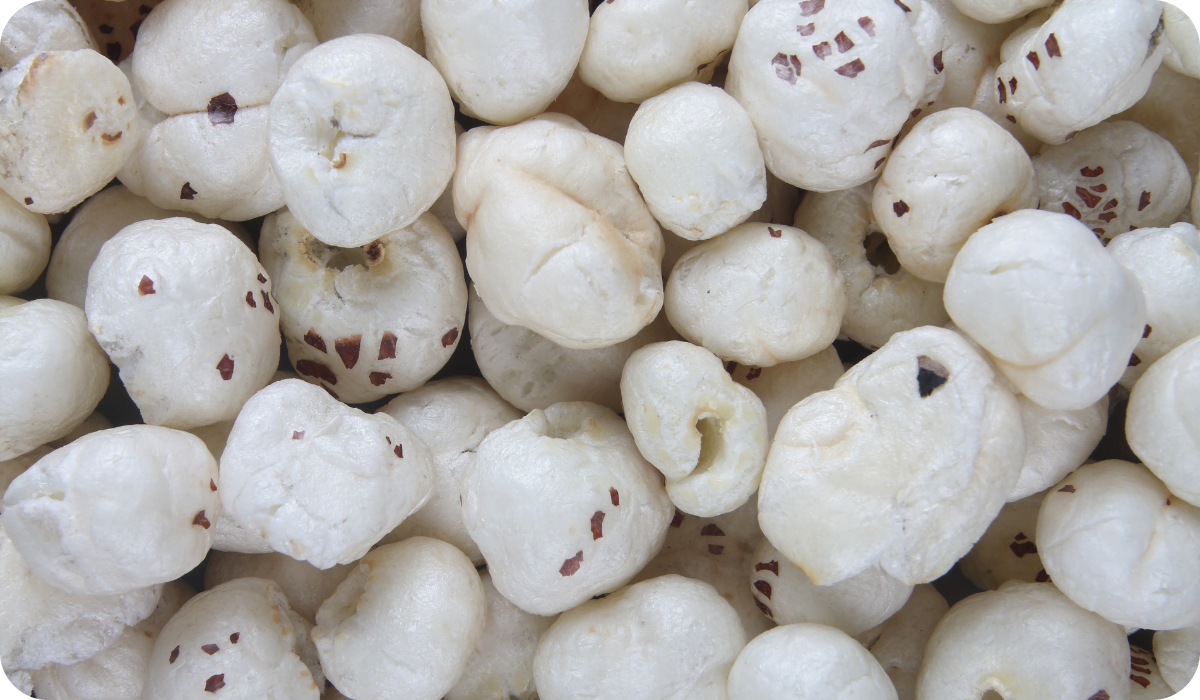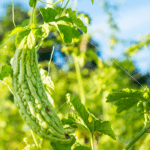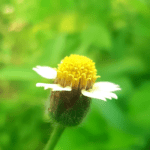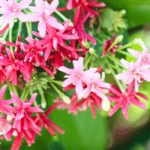Makhana Plant – A Complete Guide to Makhana Farming & Its Health Benefits
Welcome to this comprehensive guide on the Makhana plant, also known as Fox Nut. In this article, we will delve into the various aspects of Makhana, including its cultivation, health benefits, harvesting and processing, traditional uses, and its future prospects in production and consumption.
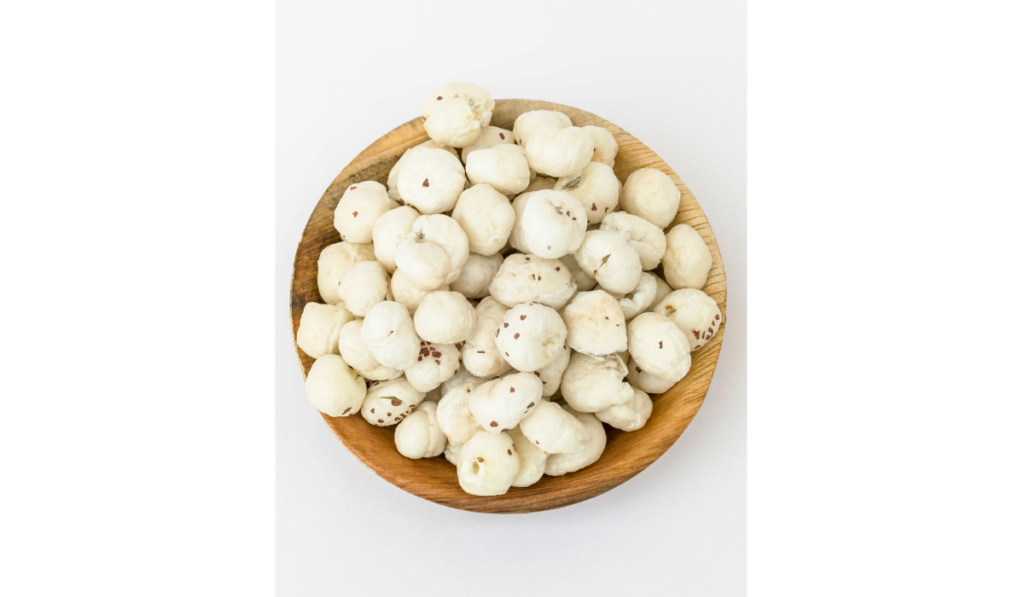
Roasted makhana (foxnut or lotus seed)
Phool Makhana / Euryale Ferox / Fox Nut Plant?
Makhana: The Asian Superfood
Makhana, Phool Makhana or Gorgon (Gorgon Nut), scientifically known as Euryale Ferox, is a nutritious Asian superfood that has gained popularity in recent years. It is commonly referred to as Fox Nut due to its appearance, resembling a nut that comes from a fox-friendly plant.
Fox Nut: The Popular Name
FoxNut is the commonly used name for Makhana, particularly in culinary circles. It is a term that resonates well with people and signifies the shape and texture of the seeds that are harvested from the Makhana plant.
Euryale Ferox: The Scientific Name
Euryale Ferox is the scientific name of the Makhana plant. It belongs to the Nymphaeaceae family and is native to Eastern and Southern Asia. This aquatic plant thrives in ponds and lakes, with its seeds floating on the water surface.
How to Cultivate Makhana plants?
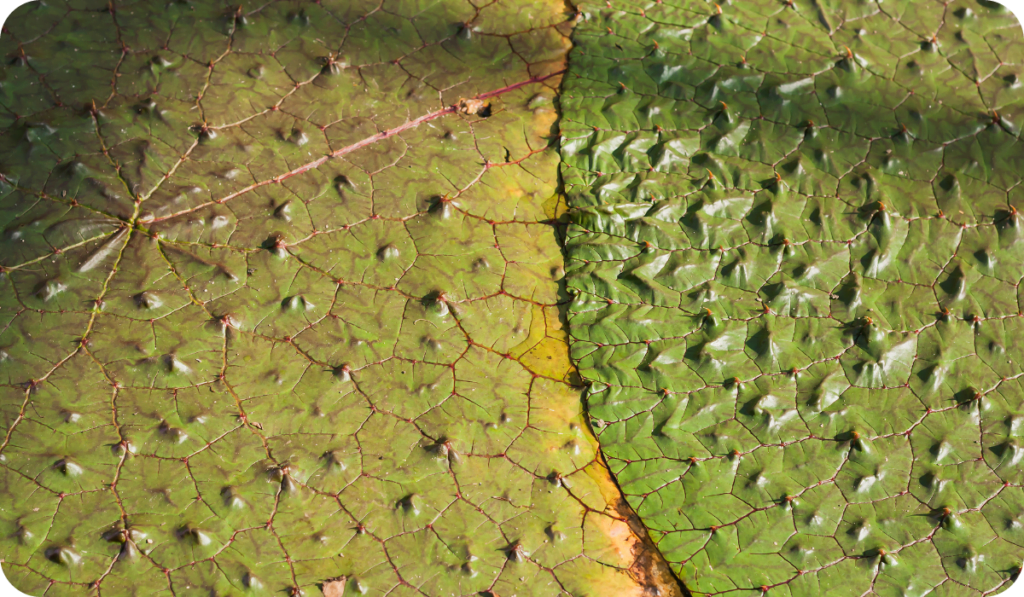
Insights into Makhana Farming
Makhana, scientifically known as Euryale Ferox, is a unique aquatic plant that holds immense potential in the realm of agriculture. Native to India, Makhana cultivation offers a range of insights for both farmers and enthusiasts. Here are key aspects to consider:
1. Ideal Growing Conditions:
Makhana thrives in shallow water bodies like ponds and lakes. It requires a warm climate and nutrient-rich soil. Proper water management is crucial, with water levels adjusted according to plant growth stages.
2. Planting and Propagation:
The cultivation of Makhana typically begins with sowing seeds directly in the waterbed during the onset of the growing season. The seeds germinate within a week, and young plants can be transplanted to the main cultivation area.
3. Growth and Maintenance:
Makhana plants feature broad leaves that float on the water’s surface. Adequate sunlight is essential for photosynthesis. Regular weeding, water quality maintenance, and protection against pests are integral to successful cultivation.
4. Harvesting:
The plant’s flowering period is followed by the formation of seeds inside its unique spiky pods. Harvesting occurs once the pods turn brown and seeds become fully developed. The pods are collected, and seeds are extracted for further processing.
5. Post-Harvest Processing:
Harvested seeds undergo a meticulous process to remove outer layers and ensure edibility. The seeds are then sun-dried or roasted. These processed Makhana seeds are utilized as a popular and nutritious snack.
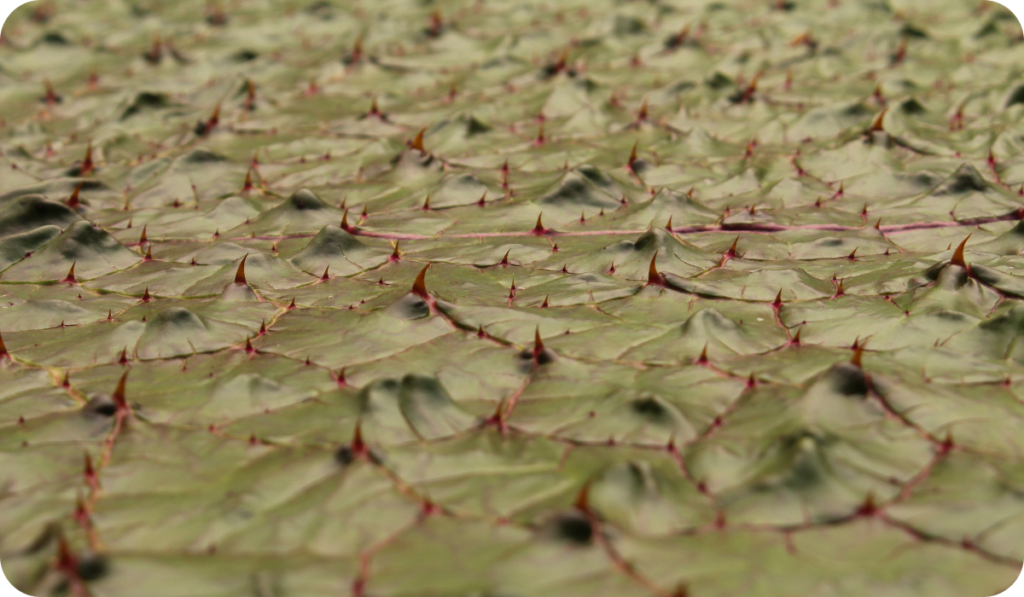
Benefits of Growing Fox Nut Plants
Cultivating Fox Nut, or Makhana, brings forth a range of benefits that span economic, nutritional, and environmental dimensions. Here’s a closer look at the advantages:
1. Economic Prosperity:
Makhana farming offers farmers a lucrative option. With relatively short cultivation cycles and high yields, it provides a rapid return on investment, contributing to improved livelihoods.
2. Nutrient-Rich Yield:
Makhana seeds are a nutritional powerhouse, rich in protein, dietary fiber, and essential minerals. Their incorporation into diets promotes health and wellness.
3. Water Management:
Makhana’s growth in aquatic environments aids water conservation. The plant covers water surfaces, minimizing evaporation and maintaining water levels.
4. Biodiversity Boost:
Makhana cultivation supports aquatic ecosystems by providing habitat and sustenance for various aquatic life forms.
5. Medicinal Significance:
Makhana holds a place in traditional medicine for its potential health benefits, including anti-aging properties and aiding digestion.
6. Export Potential:
India’s favorable climate for Makhana cultivation positions the country as a potential global supplier of this nutritious snack.
In essence, delving into Makhana farming offers insights into a sustainable and profitable agricultural venture, while the benefits of growing Fox Nut plants extend beyond economic gains, encompassing nutrition, water conservation, biodiversity, and traditional wellness.
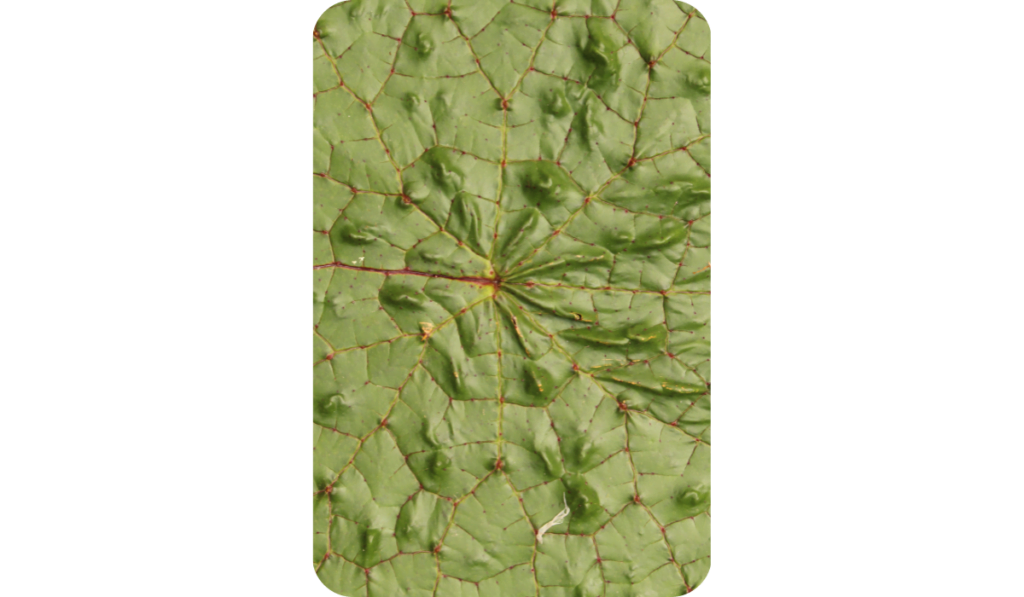
Understanding the Health Benefits of Makhana
The Nutritional Values of Makhana
Makhana seeds are packed with essential nutrients. They are a rich source of protein, carbohydrates, dietary fiber, and minerals like potassium. Additionally, Makhana is low in saturated fat and cholesterol, making it a healthy choice for individuals looking to maintain a balanced diet.
Makhana as a Healthy Snack Option
Makhana seeds can be roasted to enhance their taste and texture. Roasted Makhana serves as a nutritious and delicious snack option. It is a great alternative to unhealthy processed snacks as it is low in calories and high in fiber, promoting a feeling of fullness and aiding in weight management.
Roast Makhana to Enhance its Benefits
Roasting Makhana not only enhances its taste but also improves its digestibility. Roasted Makhana can be consumed directly or used as a base for various culinary preparations. It adds a unique crunch and nuttiness to dishes, making it a versatile and healthy ingredient.
Details about Makhana Harvesting and Processing
Makhana, also known as Fox Nut, undergoes a meticulous harvesting and processing journey before it transforms into the delectable and nutritious snack we enjoy. The process involves several stages to ensure the highest quality product reaches consumers:
1. Harvesting: The harvesting phase is critical to obtaining mature Makhana seeds. Pods are carefully collected from the water’s surface as they turn brown, indicating seed maturation. This involves delicate handling to prevent damage to the pods.
2. Seed Extraction: The collected pods are opened, revealing the precious seeds within. These seeds, also known as Makhana, are extracted from the pods with great care to preserve their integrity.
3. Drying: Extracted Makhana seeds are then laid out for drying. Sun-drying is a common method, as it naturally removes moisture, ensuring the seeds remain viable for consumption and storage.
4. Roasting: Roasting enhances the flavor, texture, and shelf life of Makhana seeds. They are lightly roasted, often without oil, until they become crunchy and golden brown. Roasting also aids in eliminating any remaining moisture, making the seeds less prone to spoilage.
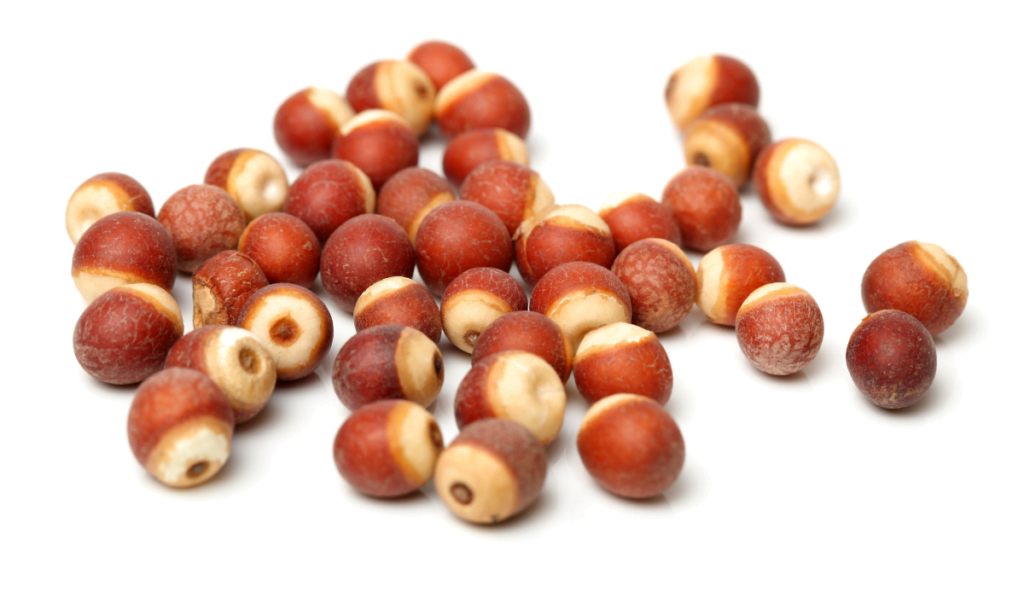
Methods of Harvesting Makhana
Makhana harvesting techniques play a pivotal role in ensuring the quality and quantity of the yield. Two prominent methods are employed:
1. Traditional Hand Harvesting: This method involves manually collecting Makhana pods from the water’s surface. Though labor-intensive, it allows for selective harvesting of mature pods, ensuring only fully developed seeds are collected.
2. Mechanical Harvesting: In recent times, mechanized methods have been explored to expedite the harvesting process. Machines designed specifically for Makhana harvesting gently separate pods from plants, reducing labor demands and increasing efficiency.
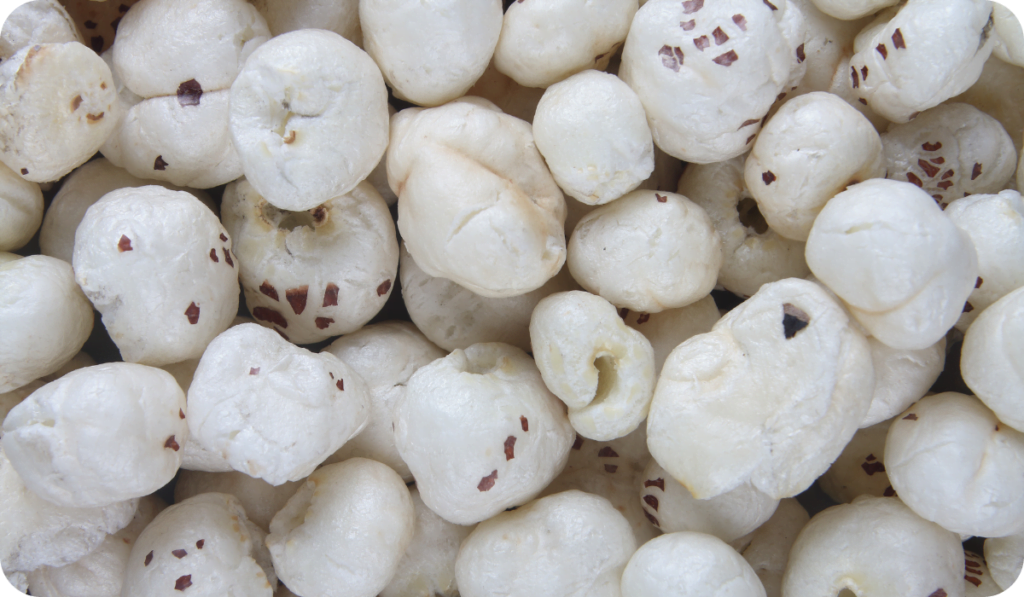
Exploring the Health Benefits of Kumar and Desi Varieties of Makhana
Makhana comes in two main varieties – Kumar and Desi. Understanding their characteristics is crucial for cultivation and consumer preferences:
1. Kumar Variety: The Kumar variety features smaller seeds and a smoother texture. It’s often favored for its tenderness and is well-suited for direct consumption as a snack.
2. Desi Variety: The Desi variety tends to have larger seeds with a more textured outer surface. It’s commonly utilized in processed forms like popped Makhana and is preferred for culinary applications due to its ability to absorb flavors.
Traditional Uses and Cultural Significance of Makhana
Makhana, often referred to as “phool makhana” or “fox nut,” holds a special place in traditional practices and cultural heritage, symbolizing more than just culinary delight. This revered aquatic plant has multifaceted roles and deep-rooted significance:
Makhana in Desi Cuisine:
Makhana has been an integral ingredient in various regional cuisines across India for centuries, both as a key element and a delicacy. In North India, it’s used to prepare delectable dishes like “Makhana Curry” or “Kheer,” adding a unique flavor and distinct crunch. The seeds’ neutral taste makes them versatile, easily absorbing the flavors of spices and seasonings.
Popularity of Makhana in Prickly Waterlily Cultivation:
In certain cultures, Makhana also plays a pivotal role in nurturing other aquatic plants, particularly the Prickly Waterlily (Euryale Ferox). These two plants share a symbiotic relationship in their growth environment. The Prickly Waterlily’s leaves provide shade, shielding Makhana pods from direct sunlight, while Makhana’s broad leaves cover the water’s surface, limiting the growth of unwanted aquatic vegetation.
Religious and Festive Symbolism:
Makhana has a spiritual resonance in various communities. The plant’s ability to grow in stagnant water is often likened to resilience and adaptability, symbolizing triumph over challenges. In Hindu rituals and offerings, Makhana holds a place as an auspicious item, representing purity, nourishment, and prosperity.
Culinary Links to Fasting Traditions:
Makhana finds prominence during fasting periods or “vrat.” Its light yet nutritious nature makes it an ideal fasting food. Dishes like “Makhana Raita” or “Makhana Sabzi” are prepared to adhere to dietary restrictions while ensuring a satisfying meal.
Ayurvedic and Medicinal Importance:
In Ayurveda, Makhana is recognized for its cooling properties. It’s believed to balance excess heat and inflammation in the body. Furthermore, its low fat content and high nutrient profile make it a wholesome snack choice.
Modern Revival and Cultural Adaptation:
While Makhana’s cultural significance remains steadfast, it’s also undergoing a revival in modern culinary trends. Chefs and food enthusiasts are experimenting with innovative recipes, elevating Makhana’s presence from traditional fare to gourmet offerings.
Makhana is more than just a culinary ingredient; it embodies cultural traditions, spiritual symbolism, and nutritional value. Its role in traditional cuisines and its contributions to aquatic ecosystems echo the harmonious relationship between nature and culture. As culinary landscapes evolve, Makhana’s cultural significance persists, continuing to be cherished and celebrated across generations.
The Future of Makhana Production and Consumption
Increasing Demand and Search Results for Makhana
The demand for Makhana has been steadily increasing in recent years due to its health benefits and unique taste. Online platforms, search engines, and marketplaces reflect this growing interest through the rising number of searches and inquiries related to Makhana. This indicates a positive future for Makhana production and consumption.
Exploring Alternative Uses of Makhana
Makhana has been traditionally used as a food source. However, there is potential for exploring alternative uses of Makhana, such as in the cosmetic industry or as an ingredient in functional foods. Its rich nutritional profile and unique properties make it an interesting candidate for diverse applications beyond the culinary realm.
Potential Crop Expansion of Makhana Farming
Makhana farming has primarily been concentrated in North India. However, given its increasing popularity and demand, there is a potential for crop expansion in other regions of the country and even internationally. Exploring the feasibility of Makhana cultivation in different climatic conditions can contribute to the sustainable growth of the industry.
FAQs with Short Answers People Also Ask About Makhana
What is Makhana?
Makhana, also known as prickly water lily, is a snack food derived from the seeds of the plant species genus Euryale. Its scientific name is Euryale ferox Salisb. Makhana is an extant plant native to Eastern Asia and Southern Asia, and its seeds are commonly consumed as a nutritious food.
How are Makhana seeds processed?
Makhana seeds are harvested from the plant. They resemble small white balls and are then dried. The dried seeds are further processed through popping or roasting, which transforms them into the familiar crunchy snack food known as Makhana.
What are the nutritional benefits of Makhana?
Makhana is a highly nutritious food. It is low in calories and fat and high in protein, fiber, and antioxidants. It is also a good source of phosphorus, making it beneficial for bone health. Makhana is considered a healthy snack option and is often included in weight-loss diets.
How is Makhana consumed?
Makhana can be consumed as a standalone snack or used as an ingredient in various dishes. In Indian cuisine, it is commonly used in curries, desserts, and as a topping for yogurt or porridge. Makhana can be eaten plain or flavored with spices.
Are there any traditional uses of Makhana?
Makhana has been traditionally used in Ayurveda, the ancient Indian system of medicine. It is believed to have various medicinal properties and is used to treat ailments such as arthritis and diarrhea. Makhana is also considered a “cooling” food and is consumed during fasting and religious rituals.
Can anyone consume Makhana?
Makhana is generally safe for consumption by people of all age groups. However, individuals with specific dietary restrictions or allergies should consult with a healthcare professional before including Makhana in their diet.
Where is Makhana commonly cultivated?
Makhana is mainly cultivated in the Indian states of Bihar, West Bengal, and Manipur. It is also cultivated in certain regions of Nepal, China, and Japan.
About our Web Store www.shehrikisaan.com
For a wide selection of fertilizers and soil amendments suitable for all these plants, we invite you to explore our esteemed webstore at www.shehrikisaan.com. Our webstore offers a comprehensive range of products designed to enhance the growth and vitality of your plants.
Whether you’re seeking specialized fertilizers, organic amendments, or premium-quality soil enhancers, our webstore is your one-stop destination. With our commitment to providing garden enthusiasts with top-notch products, you can trust us to cater to your gardening needs effectively. Visit www.shehrikisaan.com today and unlock the secret to flourishing plants.
Discover our Social Media Presence and web store. Choose your favourite platforms:
🌐 Google Business Link: https://goo.gl/maps/wgs6yU8mArXRfHdi9
🎥 YouTube: https://www.youtube.com/@shehrikisaan
💼 LinkedIn: https://www.linkedin.com/company/shehrikisaan/
📌 Pinterest: https://in.pinterest.com/ShehriKisaan/
📘 Facebook: https://www.facebook.com/ShehriKisaan/
📷 Instagram: https://www.instagram.com/shehrikisaan_gn/
🐦 Twitter: https://twitter.com/Shehri_Kisaan
🛒 Product Web Store: www.shehrikisaan.com
📚 Check out our other articles, education materials, blogs, and write-ups too: www.shehrikisaan.in


